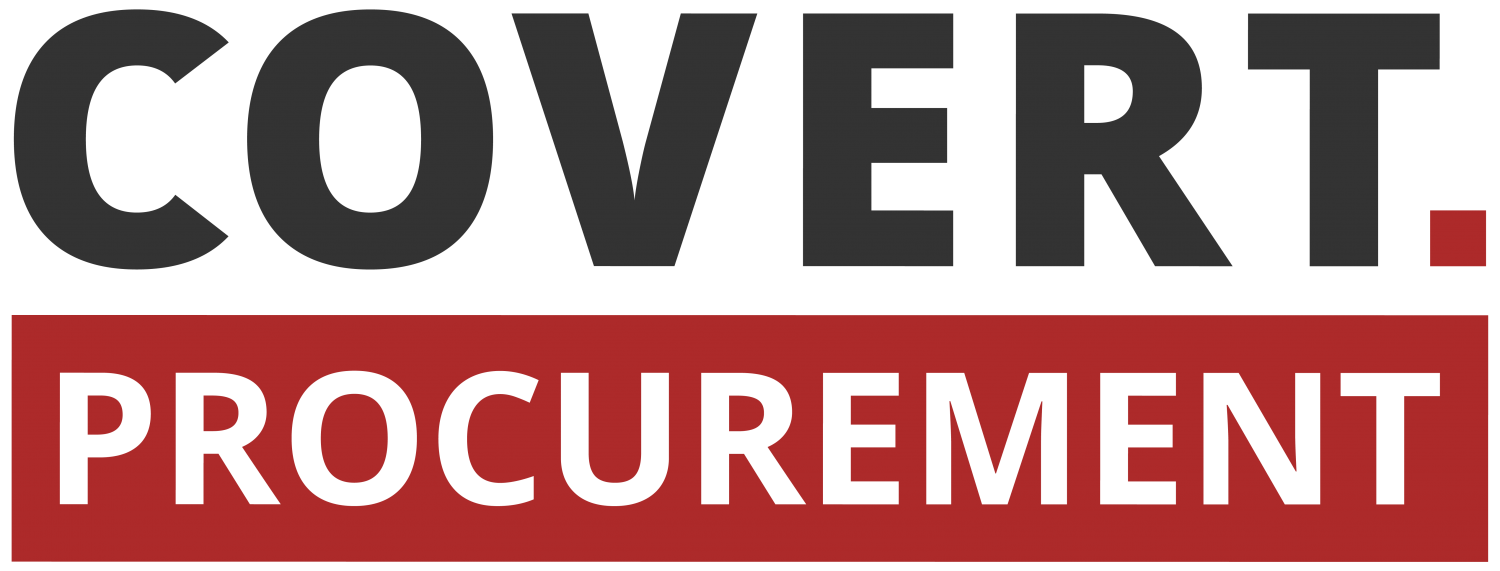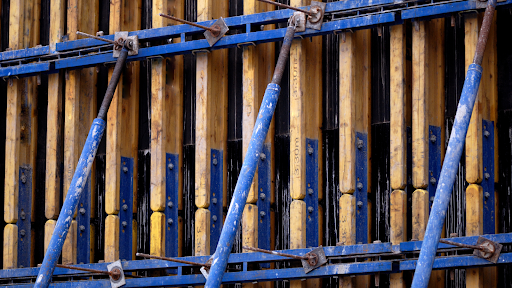What Is LVL Formwork and How Does It Differ from Timber Beam Formwork?
LVL formwork is constructed from laminated veneer lumber, an engineered wood product created by bonding multiple thin wood veneers with high-strength adhesives under extreme pressure. This manufacturing process produces a uniform, dense material with consistent structural properties throughout.
Traditional timber beam formwork relies on solid-sawn lumber, which contains natural defects like knots, grain variations, and moisture inconsistencies. LVL’s layered construction eliminates these weaknesses, delivering up to 50% higher load-bearing capacity than conventional timber beams. The result? More precise concrete structures with reduced deflection during pouring.
The veneer lamination process aligns wood fibres in optimal directions, creating predictable strength characteristics that solid timber cannot match. This uniformity allows builders to specify exact load requirements without safety margins needed for natural timber variations.
Why Is LVL Formwork Considered Stronger Than Traditional Timber Beams?
LVL formwork strength is up to 50% stronger than traditional timber due to its engineered construction. The cross-laminated veneer layers eliminate natural wood defects like knots and grain irregularities that weaken conventional beams.
The load-bearing capacity of LVL formwork allows builders to support heavier concrete loads across longer distances with minimal sagging. Standard timber beams typically droop under equivalent weights, requiring additional supports that increase material and labour costs.
Moisture poses minimal risk to LVL durability. The adhesive bonding process creates a stable product resistant to warping, twisting, and splitting—common failures in solid timber exposed to construction site conditions. This dimensional stability ensures consistent performance throughout concrete curing phases.
Predictable performance under stress sets LVL apart from natural timber. Engineers can calculate exact load capacities without accounting for unpredictable grain patterns or hidden defects. Australian construction standards recognise this reliability, making LVL formwork the preferred choice for projects requiring precise structural calculations and safety compliance.
What Are the Advantages of Using LVL Formwork in Concrete Construction?
LVL timber formwork benefits extend beyond raw strength to transform how construction teams approach concrete projects. The superior strength-to-weight ratio enables spans up to 6 metres without intermediate supports, eliminating costly temporary propping systems that slow traditional timber beam installations.
Faster Installation
Installation speed represents a significant advantage, with LVL formwork panels achieving up to 40% faster assembly times compared to conventional timber systems. Pre-manufactured dimensions ensure consistent sizing, reducing on-site cutting and adjustment labour whilst minimising material waste.
Lower Construction Costs
Construction costs decrease over the project lifespan through:
- Reduced maintenance requirements due to dimensional stability
- Lower replacement frequency from superior durability
- Decreased labour hours during both installation and dismantling phases
- Minimal warping or twisting under load
Design Flexibility
Design flexibility allows architects to specify complex curved forms and non-standard layouts without compromising structural integrity. The engineered consistency of LVL formwork supports intricate architectural details that would prove challenging with natural timber’s variable grain patterns and strength characteristics.
What Environmental Benefits Does LVL Formwork Offer Over Timber Beams?
Environmental benefits LVL formwork delivers stem from maximising every part of the log through its veneer lamination process. Manufacturers transform smaller, faster-growing trees into high-performance beams, reducing pressure on old-growth forests whilst maintaining structural integrity.
The precision manufacturing of sustainable construction materials, such as formwork LVL, generates minimal on-site waste compared to traditional timber cutting and trimming. Each beam arrives cut to exact specifications, eliminating the material losses typical of field modifications.
Extended service life represents a significant environmental advantage. LVL timber’s resistance to warping, splitting, and moisture damage results in fewer replacements throughout a project’s duration. This longevity translates to:
- Reduced transportation emissions from fewer material deliveries
- Lower embodied carbon across the structure’s lifecycle
- Decreased landfill burden from discarded formwork materials
The engineered consistency of LVL allows for multiple reuse cycles in formwork applications, extracting maximum value from each beam before end-of-life recycling or repurposing.
How Do Cost Factors Compare Between LVL Formwork and Timber Beams?
The cost of LVL formwork is usually 20-40% higher than traditional timber beams. However, this extra cost brings significant benefits in terms of operational efficiency. The initial investment in LVL construction materials pays off through reduced labour hours during installation and minimal maintenance needs throughout the project.
Traditional timber beams often need to be replaced frequently because of warping, splitting, and moisture damage—costs that quickly wipe out any initial savings. LVL formwork eliminates ongoing expenses while supporting heavier loads with fewer support structures, resulting in less material used and less time spent on installation.
When figuring out the actual costs of a project, remember to include:
- Reduced labour expenses from faster assembly and dismantling
- Lower waste disposal costs due to precise manufacturing
- Extended reuse potential across multiple projects
- Decreased structural support requirements thanks to better spanning abilities
The overall cost calculation favours LVL formwork for medium to large projects, as efficient material use and rapid construction directly impact profits. Builders looking to get the most out of their formwork investment should ask suppliers like Covert Procurement for detailed timber beam price comparison data. These suppliers specialise in balancing quality with competitive pricing for construction projects in Australia.

